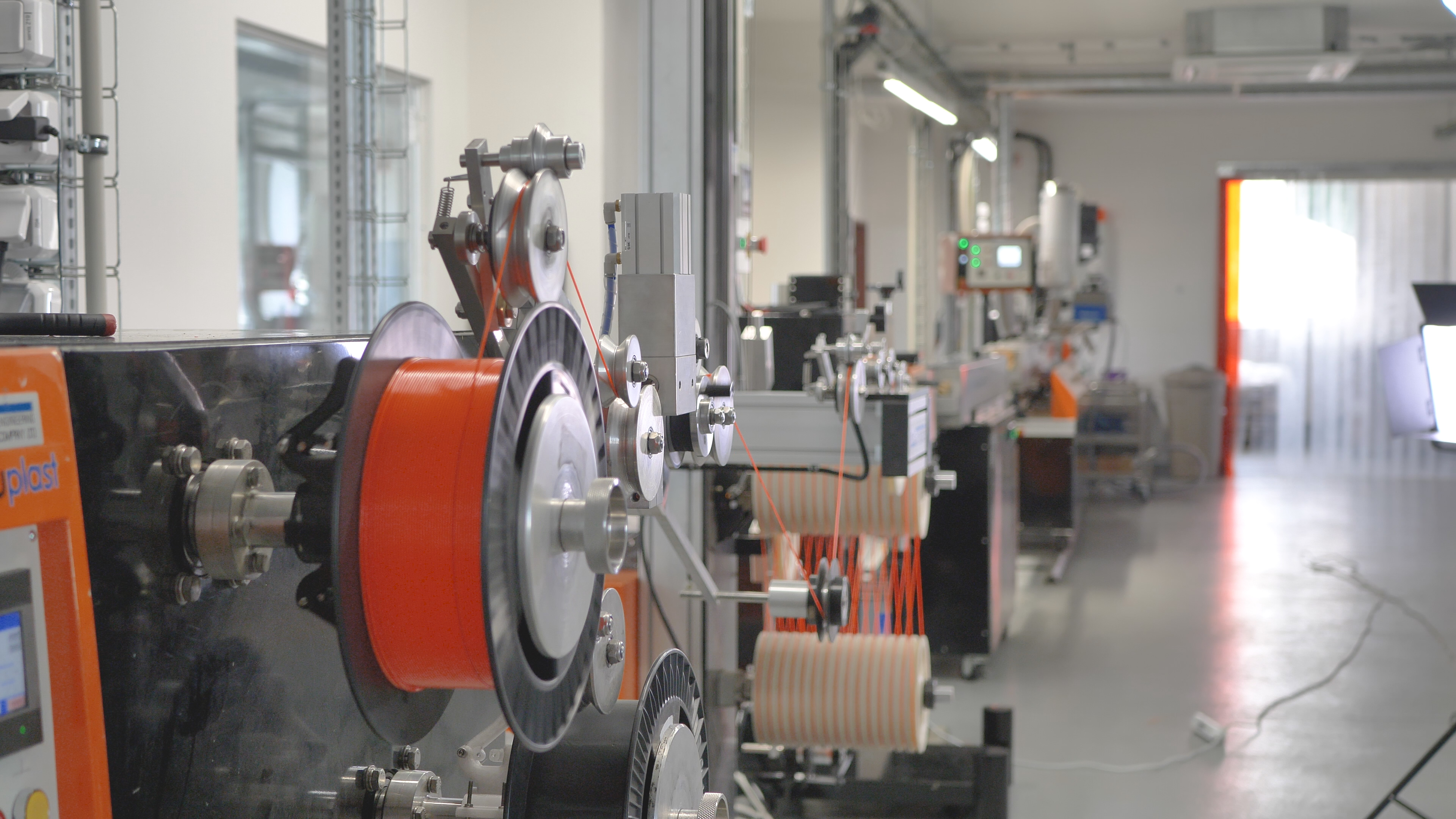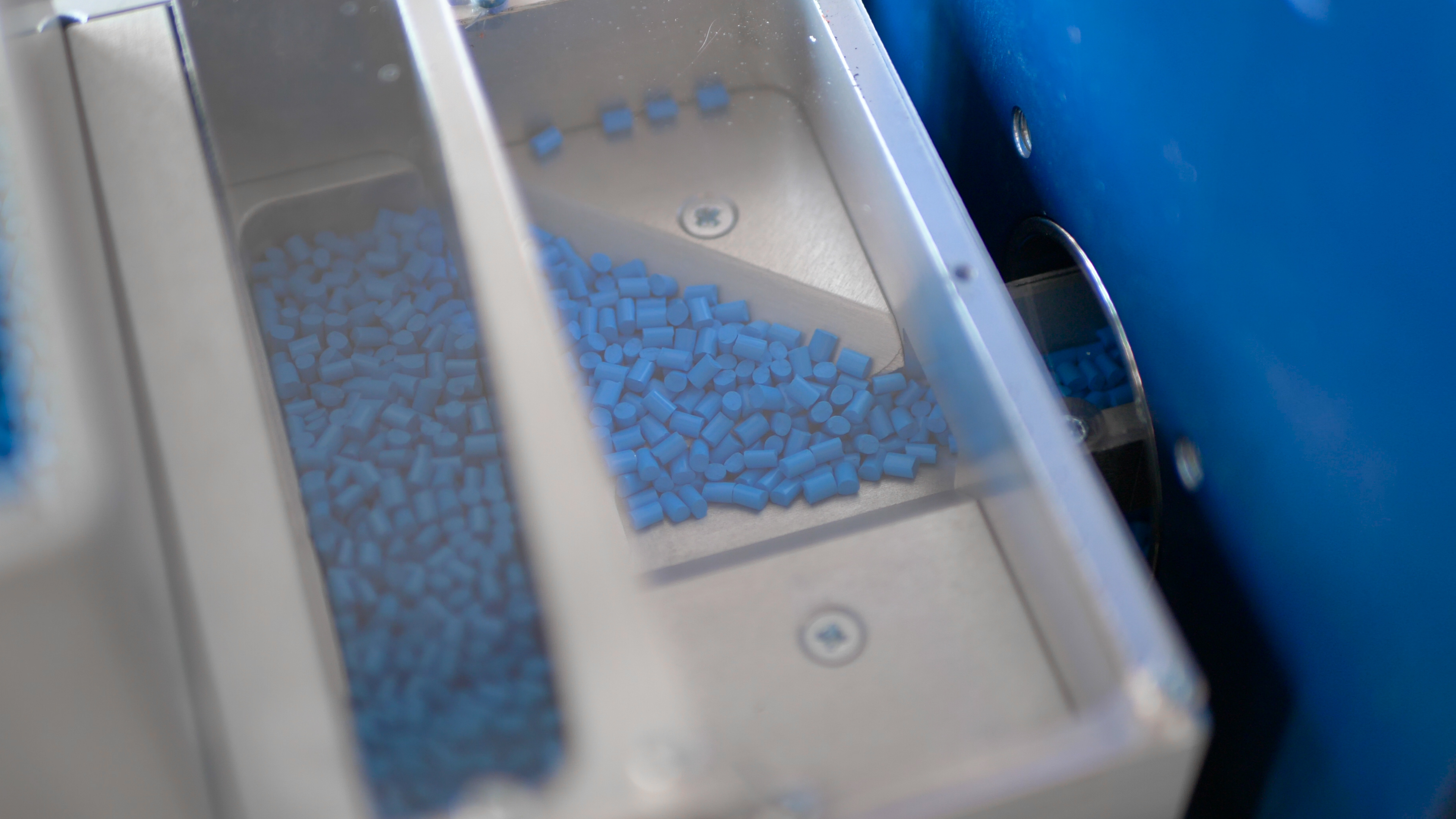Prusament PLA is Prusa Research's own in-house made filament. The whole manufacturing process is closely monitored and tested - they guarantee ±0.02mm precision and highly-consistent colors. You can inspect parameters of every spool made at prusament.com. Check the sample spool!
 |
Manufactured In-House By Josef PrusaPrusa Research was not satisfied with the quality of filaments on the market. So they decided to make their own! Prusa Research is the only 3D printer manufacturer with its own filament production. |
Premium-Grade Materials And Thorough TestingThe whole manufacturing process is closely monitored and tested – string diameter, color consistency, and mechanical properties – to make sure that every spool is perfect. |
 |
 |
± 0.02 mm Manufacturing Guaranteed PrecisionPrusa Research believes the industry standard of 0.05 mm isn’t sufficient for perfect 3D printing. Instead, they guarantee ±0.02mm precision and highly-consistent colors in their filaments. |
High Quality You Can Check YourselfPrusa Research is the only manufacturer that gives the option to inspect parameters of every filament spool. Scan a QR code on the spool to see all details online (check the sample spool). |
 |
About PLA
PLA melts at a relatively low temperature of about 175 degrees Celsius. Unlike so-called thermoset materials, PLA can be heated past its melting point multiple times with very little degradation. It’s a hard material, but that also means it’s somewhat brittle, and once it breaks, it likes to shatter. Only this material is proven for 50 microns layer height.
However, PLA is not a perfect material and, just like every other plastic, has some disadvantages. The low melting temperature also means low-temperature resistance. Parts start to lose mechanical strength at temperatures over 60 °C.
The combination of being low in UV and temperature resistance means that it’s not ideal for outdoor use. Also, PLA is only soluble in chemicals like chloroform or hot benzene. So when connecting multiple pieces, you’re better off using just glue.
Even though PLA is on its own food safe, Prusa Research does not recommend repeatedly drinking or eating from your 3D prints. Because of the small fractures on the print surface, bacteria can build up in there over time. You can prevent this by applying a food-safe coating. When post-processing PLA, it’s better to use wet sanding. Without water, you'll quickly start heating the plastic by friction, which will cause it to soften and make it hard to keep sanding.
Printing Setup
| Nozzle | 215 °C |
| Heatbed | 50-60 °C |
| Positive Values | Negative Values |
| + Easy to print + Can print tiny parts + Can print huge objects + Hard and tough + Low warping |
- Brittle - Low temperature resistance - Difficult post-processing |
Notes
This PLA is made in-house by Prusa Research using Natureworks 4043D resin which is the best and most widely used in 3D printing.
1.75 mm filament is manufactured with precision of +- 0.02 mm




